Charger ML-102 V8.0 2015
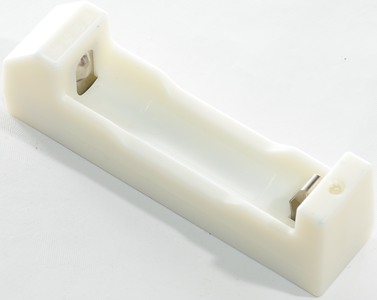
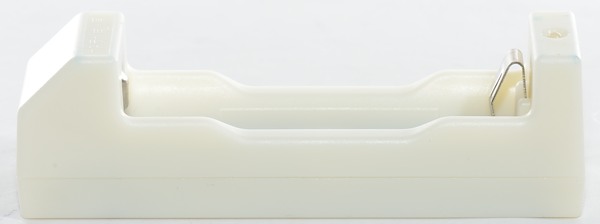
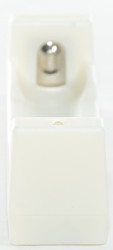
This charger is a very small 18650 charger, it need an external USB power source to charge, and can also work as a USB charger / power bank. It only charges one battery at a time. The charger has been on the market a long time with frequent updates. First time I looked at it, it was good, second time it was bad, what is the score this time?

I got the charger in a envelope without any accessories.
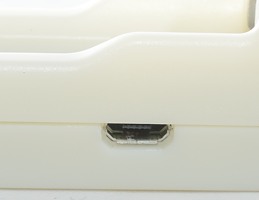
The charger has a micro usb connector for power input.

And a usb connector for usb output power.
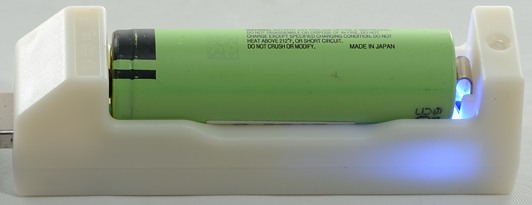
When usb output is loaded a blue led is on, it will be glowing weakly when usb output is unloaded.
This led is hidden inside the charger.
Normal charging has the usual red/green led on top of the charger.

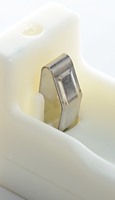
The battery slot is fixed length with a tight spring at the minus end.
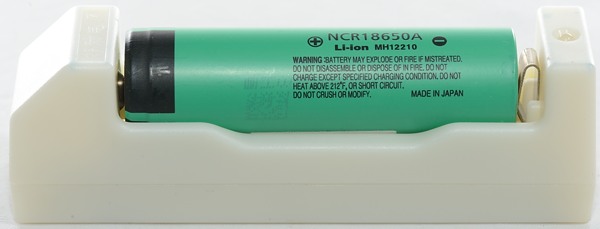
Only unprotected 18650 will fit. It might be possible to charge smaller sizes with the use of spacers, but the battery and spaces must be very close to 65 mm length together.



The charger can only handle 65 mm long batteries, this means unprotected batteries.
Inside the charger
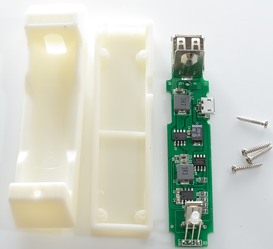
The charger is easy to open, only four screws must be removed and it can be pulled apart.


The top side of the board, notice the LED below the minus pole. It is the blue led for usb output.


The bottom side of the board.
Measurements
- When not connected to power it will drain about 0.4mA from battery.
- Without a battery in the charger it will flash fast red/green when powered.
- Below 1.5 volt the charger will flash red/green and not charge.
- Between 1.5V and 2.2 volt the charger will show red light and charge with 0.10 to 0.14A
- Above 2.2V the charger will use full current.
- When charge is finished the charger will discharge with 0.4mA.
- Charger will restart if voltage drops below 4.1V
- Charger will restart charging after power loss or battery insertion.
.png)
The charger uses a good CC/CV charge curve with a termination current a bit above 100mA.
With the charger current at about 1350mA the charger will be optimal for many 18650 cells, except the old Panasonic 2900mAh and 3100mA, where the current is a bit too high and will reduce the rated lifetime of the cells (I do not see this as a big problem).
.png)
.png)
No problems with 2600mAh and 3400mAh.
.png)
Simulating a weak charger made the ML102 charge the battery with reduced current, i.e. longer charge time.

M1: 34,1°C, M2: 37,0°C, HS1: 39,0°C
The charger is fairly cool when charging.
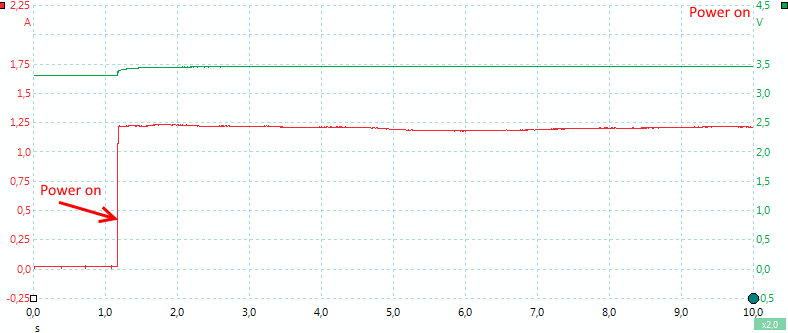
The charger is a dumb charger, i.e. no microprocessor that needs to initialize or anything, when power is applied it will start charging immediately. This type of charger works perfectly with a solar panel.
Measurements on USB power
- Usb output is coded as usb charger (DCP).
- Usb output can be used while charging, this will reduce charge current.
- Inside the charger is a blue led, it will turn on when usb output is loaded (When output is unloaded it will have a weak glow).
- Usb output will be turned off when battery is down to 2.8 volt.
- When nothing is connected to usb output it will drain about 0.4mA from battery.
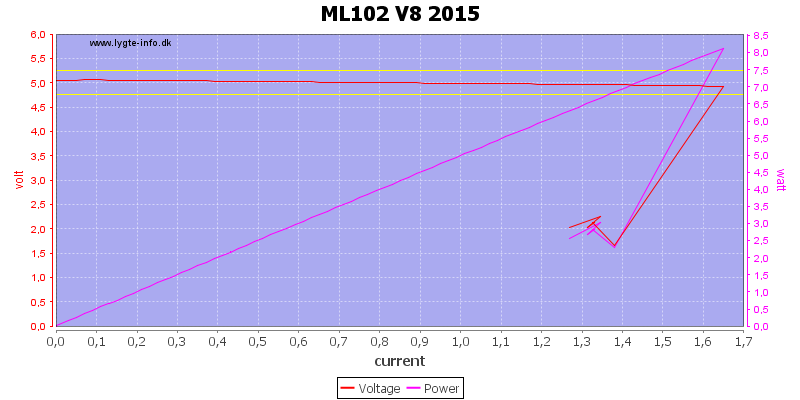
The usb output can deliver 1.6A with a new battery before the overload protection reduces the output off.
.png)
It works very fine at 0.5A load, except the last few minutes before the battery is empty.
.png)
Same with 1A load.
.png)
With 1.2A load the charger has problems when the battery runs down, this means significantly shorter runtime.

With 0.5A load the noise is fairly low at 24mV rms and 200mVpp.
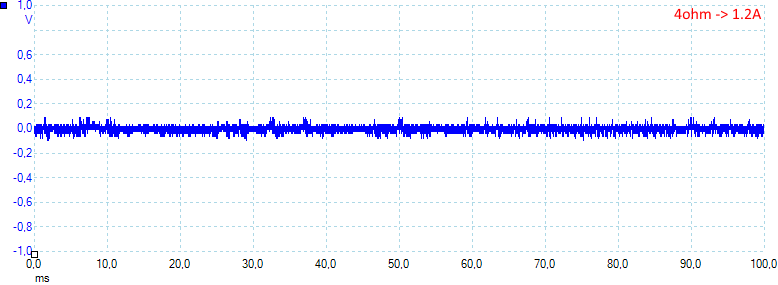
The nose is nearly the same with 1.2A load at 30mV rms and 200mVpp.
Conclusion
The over charge problem from version 7.1 is fixed in this one, this means that it again is a good charger, but only for unprotected 18650 cells. The power bank function can also be useful, but I would have liked a better handling when the battery is running low.
Notes
Here is an explanation on how I did the above charge curves: How do I test a charger
Read more about how I test USB power supplies and chargers


















.png)
.png)
.png)
.png)



.png)
.png)
.png)

